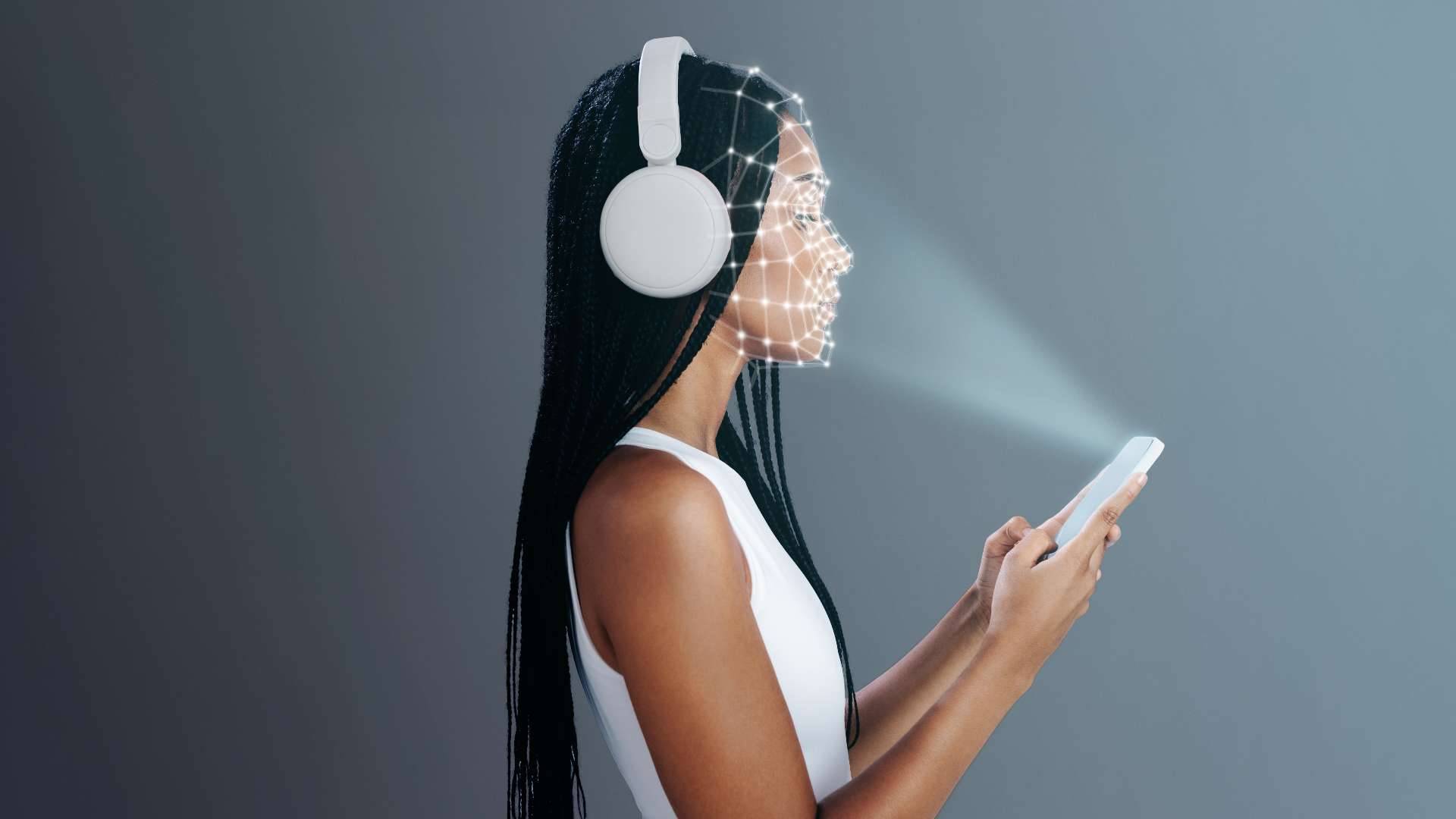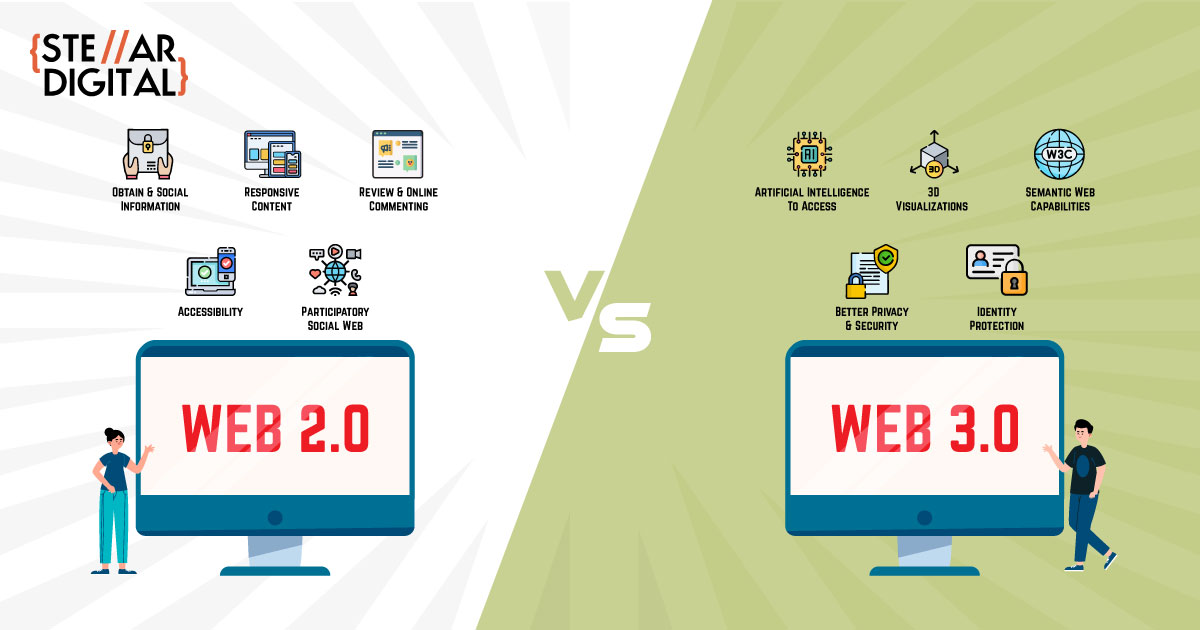During the group discussion, we talked about embracing transhumanism as the approach we should take in a digital and networked world. Transhumanism can affect our future digital identity and humanity. According to Gui (2015), transhumanist futures in which the human condition transcends our biological bodies are closer than one might think. However, I’m skeptical about transhumanism. I still think we should recognize the limits of technology and understand why those limits exist. Transhumanists see no boundaries because they see the human body as a machine that can be manipulated and tinkered with by technology. Is our body really just a mechanical device? Machines and biological creatures all have some kind of systems. Machines are intentional decisions by designers, but that’s not the case with biological creatures. Biology arises from a series of physical and chemical accidents in evolution that coincide with the possibility of individual survival in an overall environment. Biological creatures are not produced by any single process; in fact, they retain a strange amount of arbitrariness, redundancy, and unpredictability. The hope of controlling biological creatures in the same way that machines are controlled will undoubtedly suffer setbacks. Therefore, we must realize the dangers of overexploiting technology. The more violently we violate nature, the worse our destiny will be.

Digital Identity and Digital Citizenship
Genders, religions, and some moral ethics of physical identities may not reflect the reality of digital identities. For the futures of digital identity, it will lead to a new paradigm in the formulation of regulations, ownership rights, penalties for misconduct, and an economy that applies only to the digital realm or the interconnectedness between the digital and physical worlds. Digital identity serves as a bridge between the physical world and the digital world. The network provides intelligence and unlimited connectivity, enabling complete synchronization between the physical and digital worlds. Technological innovation promotes the deep integration of the physical world and the digital world, and the digital space provides another platform for human beings to practice citizenship. While digital technology promotes social progress, human identity and status have also been comprehensively developed and actively shaping and promoting the birth of digital citizens. The concept of traditional citizen is limited by regional conditions, time and space environment. A digital citizen is the identity symbol of the citizen to realize their rights and fulfill their obligations in the digital space driven by information technology. The traditional concept of citizenship based on country and region is no longer sufficient to express individual identity. There is also a new dimension to the “digital citizenship” of modern digital communities. Digital technology provides a “dual identity” for citizens, enabling human beings to get rid of the constraints of physical space and physical presence and to develop themselves, participate in public activities and realize identity through digital space and virtual online. Therefore, the line between our physical identities and digital identities will be getting blurry and blurry.

Future Practices from Web 2.0 to Web 3.0
With the rapid development of the Internet, the form of identity has gradually transitioned from entity to virtualization, digitalization and networking. How to help students build an identity with certainty and credibility in the digital age has become an urgent topic for teachers to discuss. Self-Sovereign Identity (SSI) provides the means for individuals or organizations to be sole owners of their digital identities. Thanks to SSI, we can control how our personal data is used and shared. Today, we rely on digital services for many aspects of our daily lives, from online shopping to financial services, so-called Web 2.0. We use multiple, if not hundreds, accounts to interact with different centralized web platforms, such as social media or email services. We either create an account for each platform or use a single sign-on offered by a service provider like Facebook or Google. No matter which method we use, our data is centrally stored by the account provider. Thus, we have no control over how our data is used or shared with other platforms, and these data are representative of our identities.

In order to overcome all of these problems of a centralized identity model, we need to introduce a decentralized identity model to achieve self-sovereign identity. It is a user-centric digital identity where we as users have complete control over our online identities. In the future, we will all use autonomous identities to interact peer-to-peer in the digital world, rather than relying on other parties’ account-based digital identities. Self-sovereign identity is a combination of real identity and the digital world that will ultimately make people’s lives better.